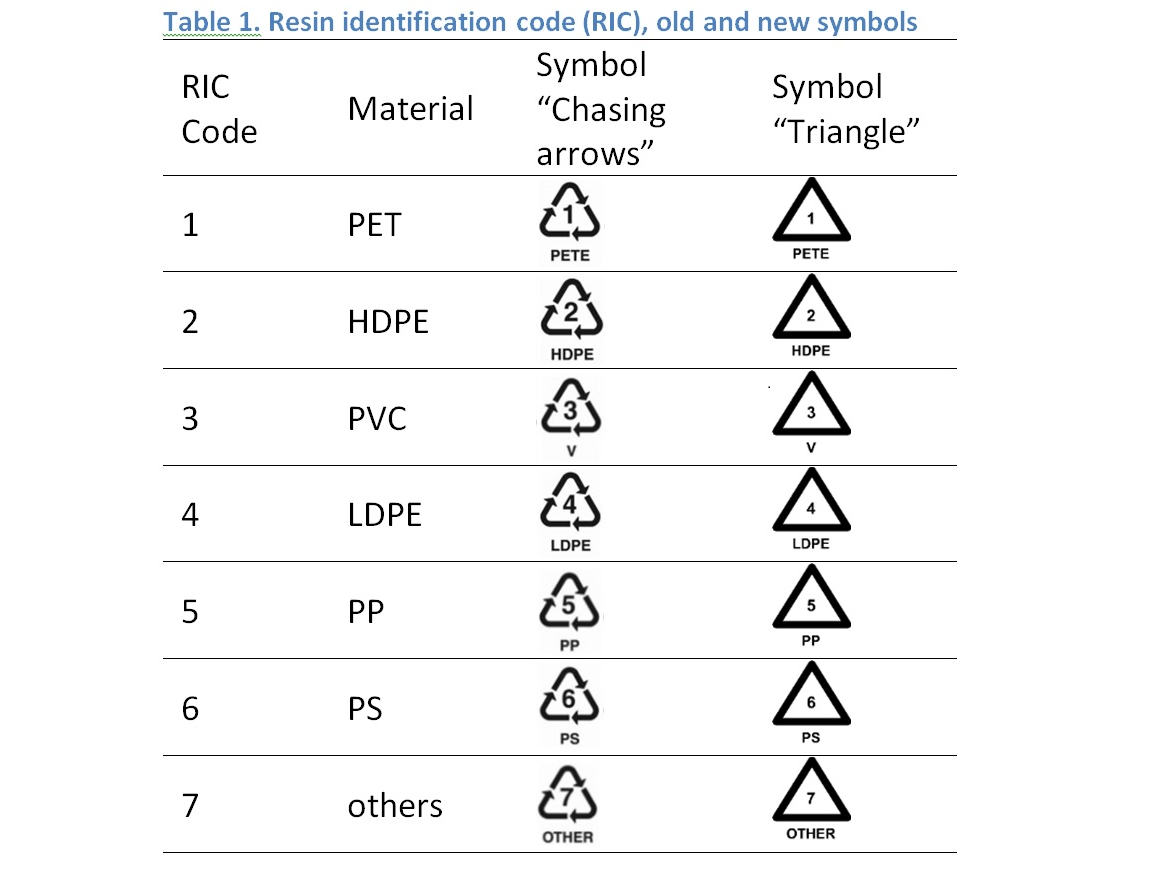Plastic Resin Codes Pdf


Sarah edelman change your thinking ebook online. DownloadConsumers Guide to Recycling CodesConsumer Guide to Plastic Resin / Recycling CodesThe number-and-chasing-arrows symbol on the bottom of most plastic containers is a 'resin code' that identifies the type of plastic used in a product. Consumers typically think of this as a recycling code. The following chart describes the general characteristics of these different plastic resins and the everyday products that typically carry these codes. Not all plastics are collected for recycling.
Consumers should check with local authorities to determine what type of plastics recycling is available in their community.CodeChemical Name & PropertiesTypical Consumer Home UsePolyethylene Terephthalate - PET, PETEPET is clear, strong and lightweight, with an optically smooth surface. Shatter-resistant.Provides an excellent barrier to oxygen, moisture and carbon dioxide. Good chemical resistanceAlso known as polyester.Convenience-sized bottles for sodas, water, juice, sports drinks.Also used in bottles for shampoo, personal care products, salad dressing, etc., and jars for peanut butter and condiments. Some deli containers and microwavable food trays.High Density Polyethylene (HDPE)HDPE can be either unpigmented or pigmented. Excellent chemical resistance, high tensile strength, relatively stiff. Unpigmented HDPE bottles are translucentJugs for milk, cider and water(unpigmented HDPE).Bottles for liquid laundry detergent, fabric softener, bleach, household chemicals. (pigmented HDPE)Polyvinyl Chloride (PVC, Vinyl)PVC has good chemical resistance, weatherability; high impact strength; brilliant clarity.

Plastic Resin Codes
Vinyl products can be rigid or flexible.Rigid packaging uses include blister packs and clamshells; bottles for salad dressing, vegetable oil and mouthwash.Flexible packaging includes shrink wrap, deli and meat wrap.Low Density Polyethylene (LDPE)LDPE is often used as a film, but also flexible packaging.